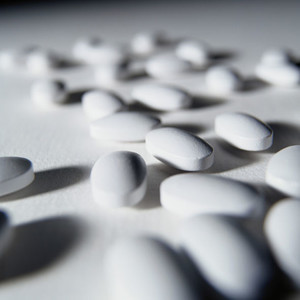Drug costs in Japan have been found to be much greater than the average of industrialized nations, which means that too many wasteful prescriptions are written for pharmaceuticals. This has been attributed to attempts by medical institutions to increase revenues by prescribing unnecessary medicines to patients. To curb this trend, the government has pushed forward with the lowering of government-set prices for prescription drugs and the separation of medical and dispensary services in its national health programme, which was implemented in 1974.
Prescribing and dispensing generics in Japan
Generics/Research
|
Posted 27/11/2015
 0
Post your comment
0
Post your comment

A study by Masayuki Yokoi and Takao Tashiro used publicly available data to examine the effect of the separation of dispensing and prescribing medicines between pharmacists in pharmacies and doctors in medical institutions (the separation system) and the generics replacement ratio on the cost of various medicines in Japanese administrative districts [1].
The expansion of the separation system, i.e. increase in generics dispensing, was shown to reduce the daily costs of total, internal and injection medicines as well as medical devices. Moreover, an increase in the rate of replacing brand-name medicines with generics was also shown to reduce the daily costs of total and internal medicines, but not of external and injection medicines and medical devices, because only a few or no generics of these types were sold in the Japanese market. Otherwise, expansion of the separation system was found to be effective in reducing medicine costs, apart from for external medicines.
The authors concluded that the ‘results suggest that the separation system is effective in reducing medicine costs for total, internal, and injection medicines as well as medical devices. However, external medicines had no observable effect in reducing costs.’
Conflict of interest
The authors of the research paper [1] declared that there were no conflicts of interest.
Editor’s comment
Readers interested to learn more about generics in Japan are invited to visit http://www.gabi-journal.net%20 to view the following manuscript published in GaBI Journal:
PMDA update: the current situation and future directions
Readers interested in contributing a research or perspective paper to GaBI Journal – an independent, peer reviewed academic journal – please send us your submission here.
Related article
Europe–Japan cooperation on generics & biosimilars regulation
References
1. Yokoi M, Tashiro T. Prescription, dispensation, and generic medicine replacement ratios: influence on Japanese medicine costs. Glob J Health Sci. 2015;8(1):45590.
Permission granted to reproduce for personal and non-commercial use only. All other reproduction, copy or reprinting of all or part of any ‘Content’ found on this website is strictly prohibited without the prior consent of the publisher. Contact the publisher to obtain permission before redistributing.
Copyright – Unless otherwise stated all contents of this website are © 2015 Pro Pharma Communications International. All Rights Reserved.
Most viewed articles
The best selling biotechnology drugs of 2008: the next biosimilars targets
Global biosimilars guideline development – EGA’s perspective
Related content
Japan’s drug shortage crisis: challenges and policy solutions
Saudi FDA drug approvals and GMP inspections: trend analysis
Generic medications in the Lebanese community: understanding and public perception
Community pharmacists’ understanding of generic and biosimilar drugs: Lebanon case study
Generic medications in the Lebanese community: understanding and public perception

Generics/Research Posted 23/01/2024
Community pharmacists’ understanding of generic and biosimilar drugs: Lebanon case study

Generics/Research Posted 08/09/2023
The best selling biotechnology drugs of 2008: the next biosimilars targets








Post your comment